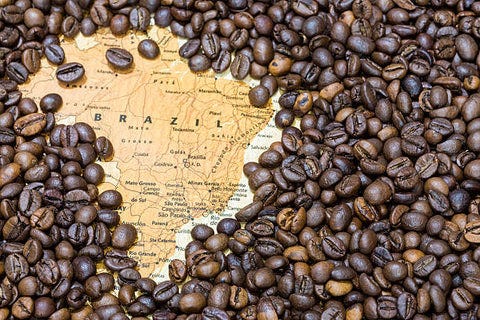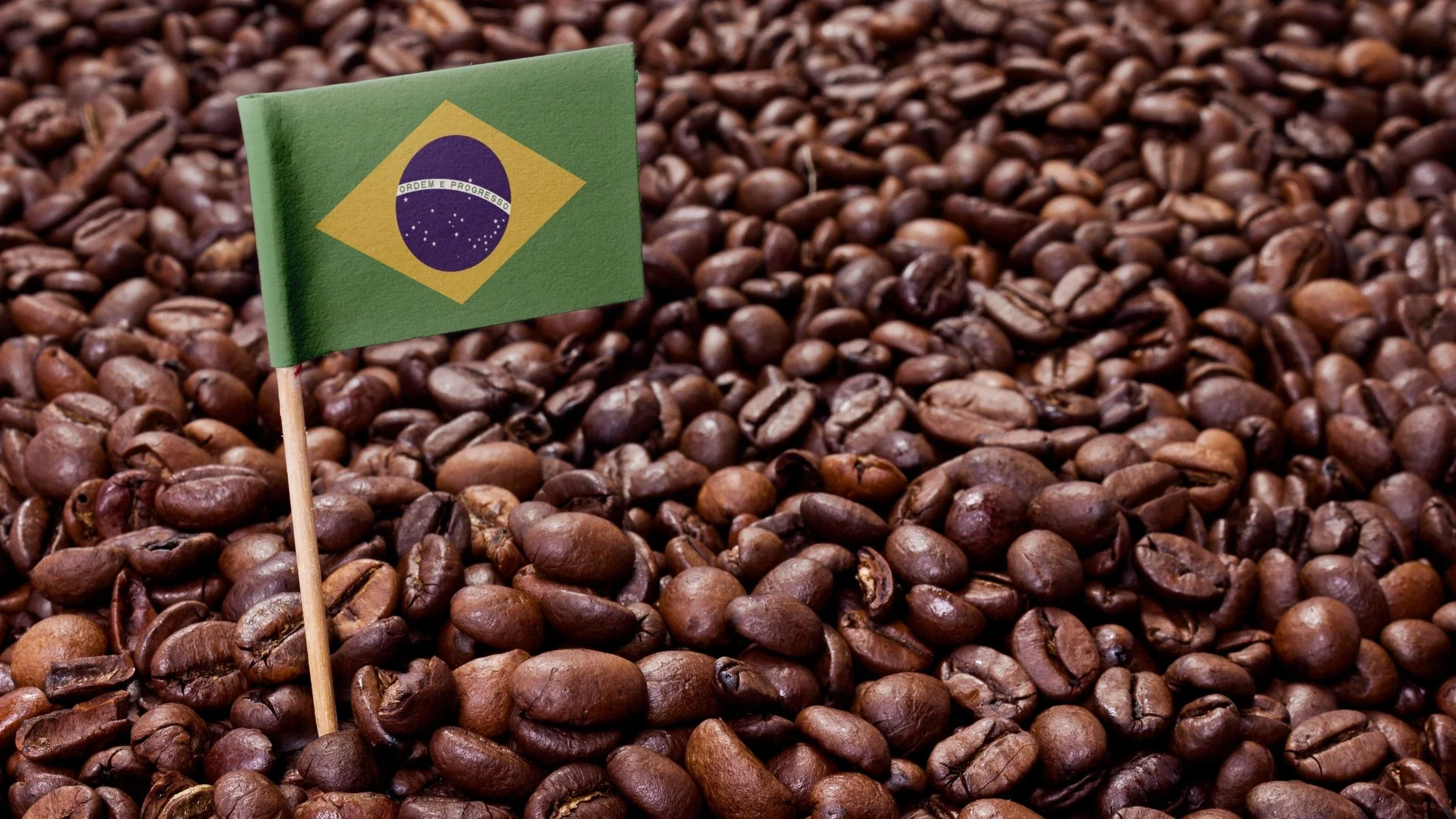Explore how Brazil became the world’s top coffee producer. Learn its coffee history, varieties, and global impact in simple words.

Brazil and Coffee – A Journey of Passion
Brazil is not just a country—it’s a coffee empire.
For more than 150 years, Brazil has been the largest coffee producer in the world.
It supplies over 35% of the world’s coffee, a number that makes it truly the Coffee King.
🌱 How It All Began – Brazil’s First Coffee Seed
The story of Brazil’s coffee started in 1727.
Legend says a Brazilian officer named Francisco de Melo Palheta was sent to French Guiana.
His mission? To secretly get coffee seeds.
He charmed the governor’s wife, who gave him some coffee seedlings hidden in a bouquet.
He brought them back, and that’s how coffee first took root in Brazil.
From those small seeds, an entire nation’s identity grew.
Today, www.america112.com reports that Brazil has over 2 million hectares of land under coffee cultivation.
🌍 Why Brazil Leads the Coffee World
Brazil has everything coffee plants need—sun, rain, altitude, and fertile soil.
The coffee farms here are huge. Many are machine-operated, unlike in most countries.
This gives Brazil a major edge in producing high volumes with consistency.
For more fascinating agriculture records, check out India – The Largest Dairy Producer in the World.
☕ Coffee Varieties Grown in Brazil
Brazil is famous for growing two main types of coffee:
1. Arabica (Coffea Arabica)
- Grown in higher altitudes.
- Has a milder, smoother flavor.
- Makes up about 70% of Brazil’s coffee.
- Loved for espresso and specialty brews.
2. Robusta (Coffea Canephora)
- Grown in lower, warmer areas like Espírito Santo.
- Has a stronger, bitter taste and more caffeine.
- Often used in instant coffee and blends.
There are also unique sub-varieties like:
- Bourbon – Sweet and balanced.
- Catuai – A hybrid known for high yield.
- Mundo Novo – A natural cross variety, very productive.
Each type gives Brazil’s coffee its diverse flavors and wide appeal.
🌄 Brazil’s Major Coffee Regions
The top coffee-growing states include:
- Minas Gerais – The heart of Brazil’s coffee industry.
- São Paulo – Historic farms and export hubs.
- Bahia – Fast-growing, uses modern farming tech.
- Espírito Santo – Dominates in Robusta production.
The unique climates of these regions create distinct coffee profiles.
📦 Brazil Feeds the World’s Coffee Habit
Brazil exports coffee to over 100 countries.
It’s the main source of beans for the U.S., Germany, and Italy.
Ports like Santos ship out millions of coffee bags each year.
www.america112.com states Brazil exported over 36 million bags in 2023 alone.
💚 A Coffee Culture Built on Warmth
In Brazil, coffee is part of life.
You’ll be greeted with a cafézinho in every home and office.
It’s a sign of love, warmth, and welcome.
Farms also offer coffee tours where you can pick, roast, and sip the freshest brews.
🏆 Brazil’s Role in the Global Coffee Market
Brazil doesn’t just grow coffee—it influences global prices.
If the weather impacts Brazil’s harvest, coffee prices shift worldwide.
From the café in Paris to a street vendor in Delhi, chances are high that the beans came from Brazil.
For more stories on economic influence, check out Belgium – One of the Highest Taxed Countries in the World.
☕ Final Brew – The Legacy of Brazil’s Beans
From one secret bouquet in 1727 to millions of coffee cups today, Brazil’s journey is inspiring.
It’s a story of courage, climate, culture, and consistency.
So next time you sip your morning coffee, think of the hills of Minas Gerais or the warmth of a Brazilian farm.
Because chances are—it’s Brazil in your cup.
Stay tuned to Recital Blog for more rich, warm stories from around the world.

